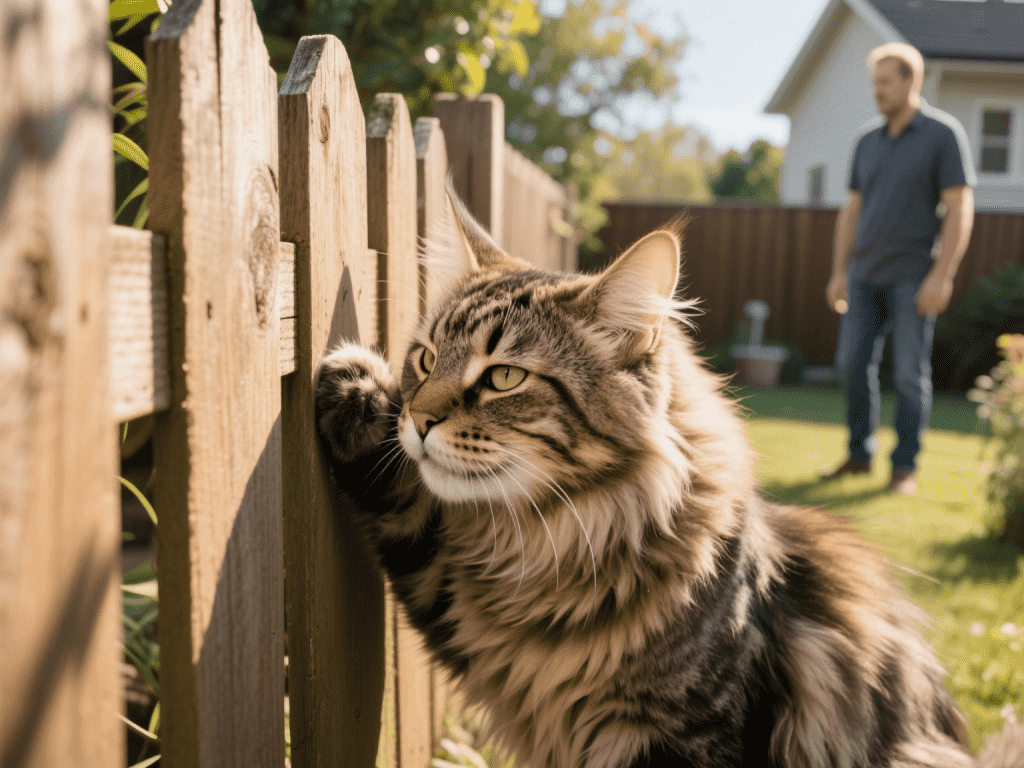
Territory Talk: How Cats Mark and Maintain Their Domain
As a veteran feline behavior columnist, I’ve learned that a cat’s world is defined les...
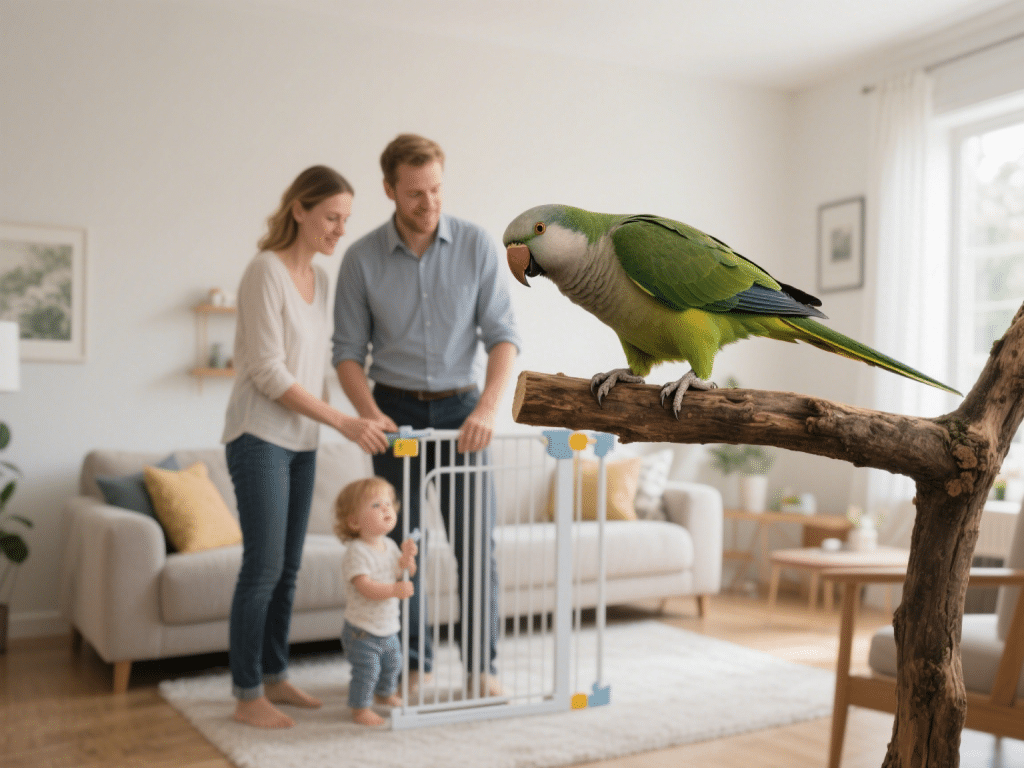
Pet birds bring color, song, and intelligence into our homes—but their curious nature and delicate physiology mean many common items pose hidden threats. As an avian specialist and licensed zoological educator, I’ll share evidence-based guidelines to transform your living space into a sanctuary free of toxic plants, fumes, and other hazards.
Efficient respiratory system: Highly vulnerable to airborne toxins.
Beak exploration: Testing objects by chewing increases ingestion risk.
High metabolism: Rapid toxin absorption.
Aloe vera
Dieffenbachia (dumb cane)
Oleander
Philodendron
Lily of the Valley
Pothos
Sago Palm
English Ivy
Tulip
Azalea
(Even small nibbles can cause cardiac or renal failure.)
Nonstick cookware fumes: Teflon off-gassing at high heat leads to “Teflon toxicosis,” often fatal within minutes.
Aerosol sprays & scented candles: Volatile organic compounds irritate avian lungs.
Open windows & ceiling fans: Risk of collision or wing trauma.
Heavy metals: Lead from old paint chips; zinc from galvanized cages.
Room-by-room walkthrough: Use a checklist to identify hazards.
Replace toxic plants: Choose bird-safe alternatives like spider plant or Boston fern.
Upgrade cookware: Switch to stainless steel or cast iron.
Use non-toxic cleaning supplies: Vinegar and water solutions over harsh chemicals.
Install protective barriers: Mesh screens on open windows; cover ceiling fans.
Natural wood perches: Untreated branches free of toxins.
Foraging toys: Hide millet sprays in safe, paper-wrapped puzzles.
Soft lighting: UV-safe full-spectrum bulbs for vitamin D synthesis.
Keep the number of a local avian emergency vet on hand.
Observe daily behaviors: sudden fluffed feathers, labored breathing, or lethargy signal urgent care.
Creating a bird-safe home requires diligence, but the reward is a thriving, curious companion who can explore freely without unseen dangers. By eliminating toxic plants, fumes, and physical hazards, you uphold your flock’s health and happiness—true hallmarks of an expert caregiver.

As a veteran feline behavior columnist, I’ve learned that a cat’s world is defined les...

Welcoming a new kitten into your home is a magical journey filled with tiny toes, wobbly f...
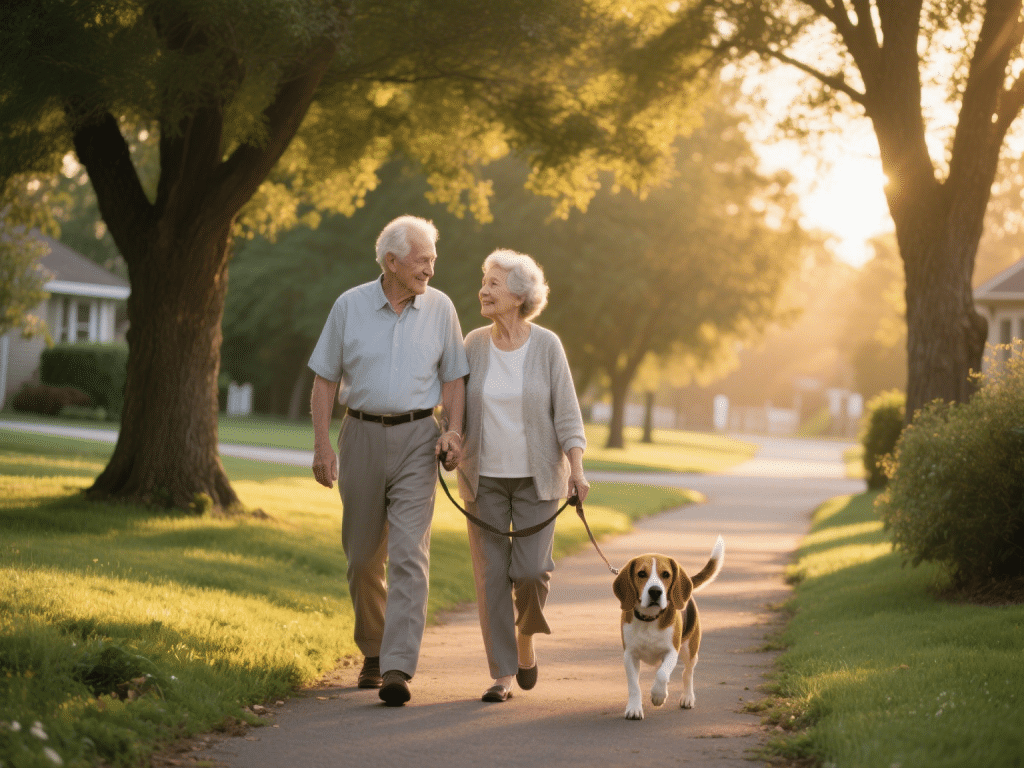
Bringing home a rescue dog can be both joyous and challenging. Many shelter dogs carry pas...

Ear infections (otitis) are common in domestic rabbits, especially lop-eared breeds where ...
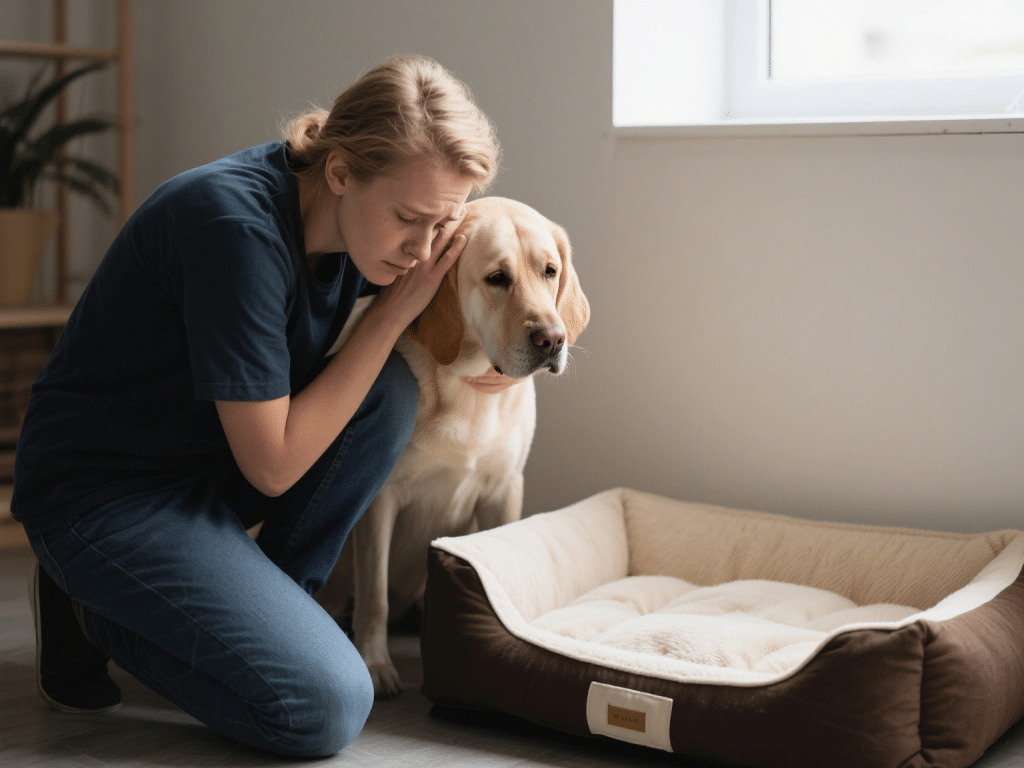
IntroductionThe loss of a household pet can be emotionally taxing not only for humans but ...
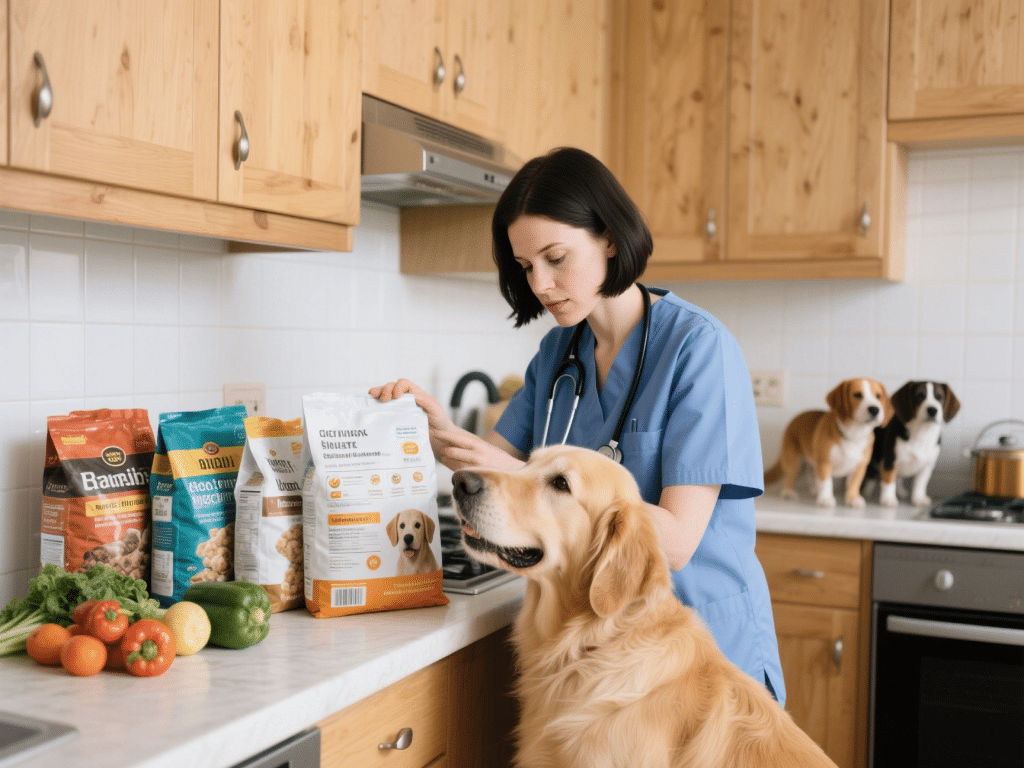
Understanding Dog Nutrition: What to Feed Your Canine CompanionProper nutrition is the cor...
Comments on "Creating a Bird-Safe Home: Toxic Plants and Household Hazards" :